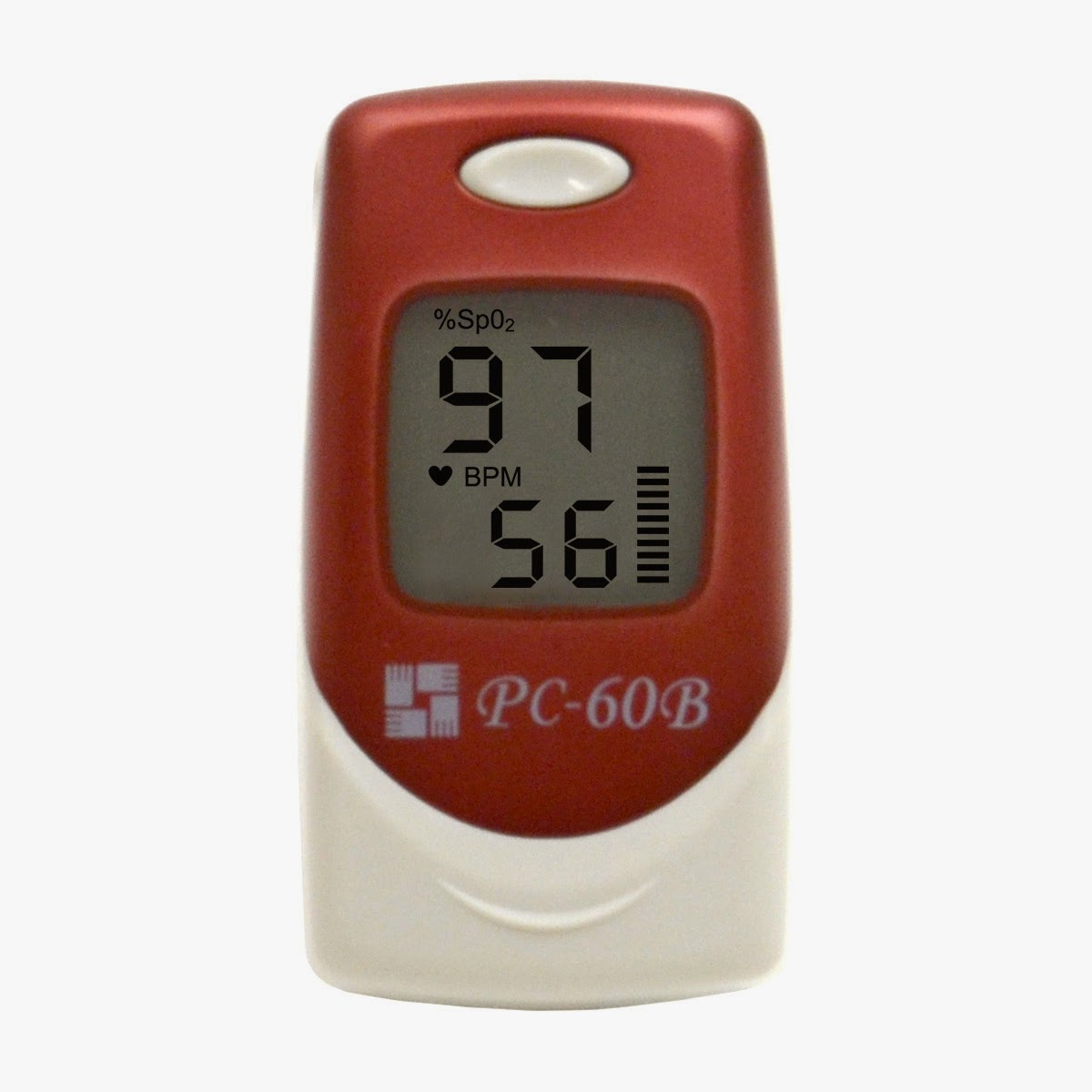Pulse Oximeters offer the
ability to measure pulse rates and blood oxygen levels and some even
offer the ability to measure carbon monoxide levels. These
measurements can be strong indicators of many different health issues
and of the standard of our levels of health. Given the importance of
the measurements provided, we need to be able to rely on the accuracy
and reliability of the results.
Causes of inaccurate
readings
There are some instances
which can cause a finger pulse oximeter to produce inaccurate or even
no readings at all. These include excessive movement while the
oximeter is attached, vibrations, wearing nail polish, calloused
skin, anemia, cold limbs, and the presence of carbon monoxide. A key
means of measuring the accuracy of your pulse oximeter results is to
measure your pulse rate manually and compare the results. Even if
your device is showing a normal result, you should still compare this
with a manual pulse rate just to be sure. Of course, if the sensor is
not correctly applied, an inaccurate reading may also be produced.
How to get an accurate
reading
To
ensure an accurate reading from a finger Pulse Oximeter, you must do
the following - rest your hand at chest level in line with your
heart, with the finger to which the device is attached to pointing in
the air and stay like this until a reading has been obtained. Ensure
that the light does not reach the detector other than through your
skin tissue. Ensure that your finger is fully inserted into the
device and that the device is attached securely and correctly. If you
struggle to get a reading, try to warm up your finger or apply a
topical cream. Failing that, you may want to attach a pulse ox to a
different area of the body such as the bridge of your nose or your
earlobe.











